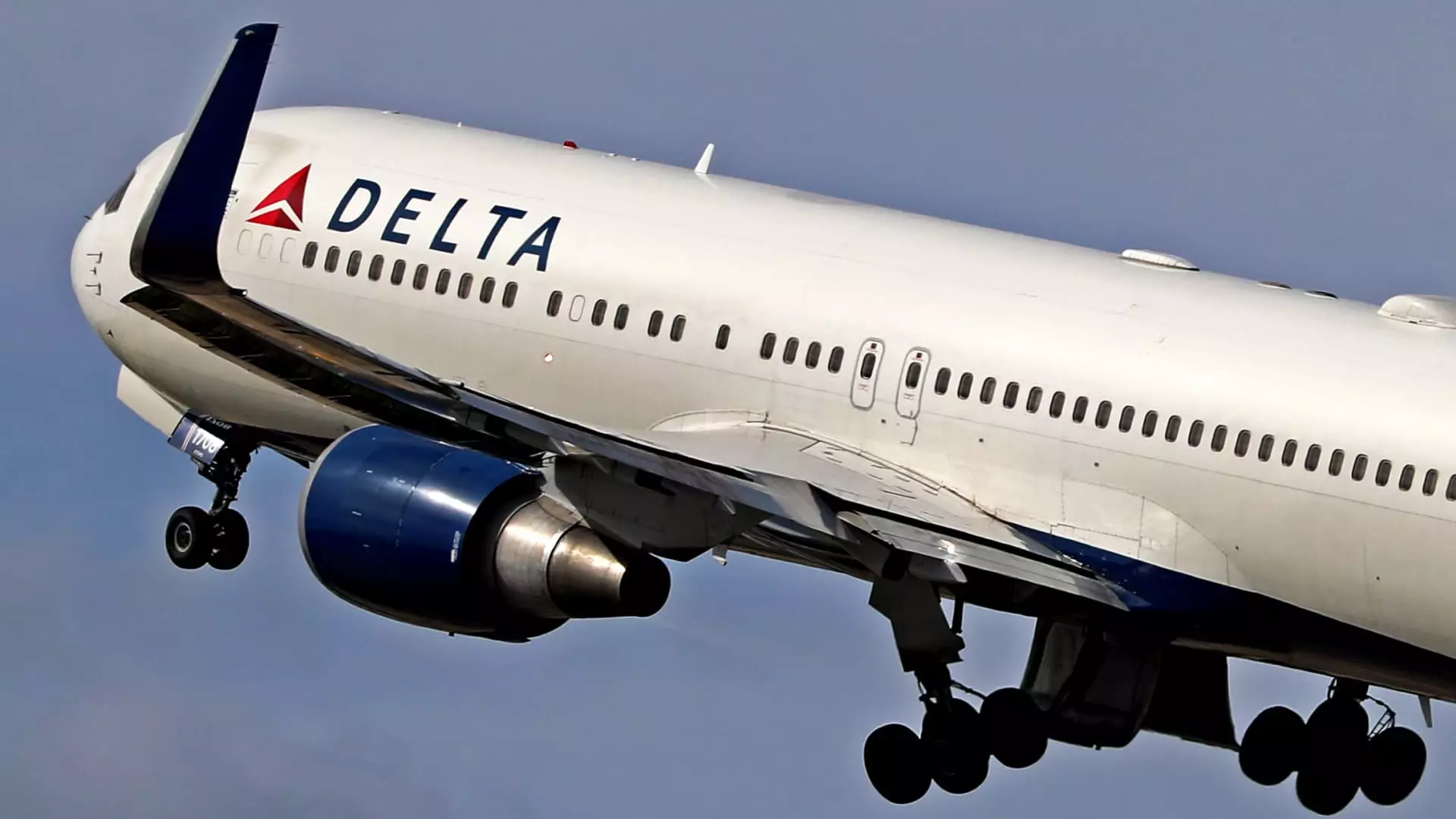The grim reality of the airline industry has made itself glaringly clear, as stocks experienced significant downturns recently, particularly on Tuesday, where Wall Street’s skepticism regarding travel demand spiraled to new lows. A notable drop in consumer confidence, compounded by the looming threat of tariffs, has created a perfect storm for an industry that once reveled in unprecedented heights. The revelation that Delta Air Lines, usually the gold standard of profitability in the American airline market, saw its shares plummet over 3% reflects a concerning trend. Jefferies downgraded Delta’s stock from a buy to a hold, slashing its price target from an admirable $86 to a mere $46. If the lead player in the field is not immune to such peril, what does this predict for the airline sector’s future?
Public Sentiment and Travel Choices
A significant concern arises from the trajectory of consumer dollars; spending on airline tickets saw a drop of 7.2% year-on-year as reported by Bank of America. This decline signals not just a casual dip but perhaps a fundamental shift in how the public perceives travel during uncertain times. Families and individuals might be prioritizing stability over spontaneity as inflation weighs heavily on their financial outcomes. While elite travelers seem to be buoying Delta’s revenue through upscale cabin offerings and prosperous credit partnerships, the alarming disengagement of the average consumer from travel signifies a brewing trouble; if the mainstay clientele is retreating, who will fill the void?
The Broader Implications for Airlines
As the earnings season approaches, the sector braces for further shocks, particularly with Delta scheduled to report results next Wednesday. Jefferies has also downgraded fellow carriers, including American Airlines and Southwest, indicating a widespread fear of stagnation in an industry once seen as dynamic and evolving. Interestingly, United Airlines remains the only bright spot in these portents, only to witness a massive price target cut by 48%. This paradox encapsulates the industry’s plight; even the perceived winners can stumble drastically amid economic turbulence.
Market Observations and Data Correlations
JPMorgan’s recent industry conference was rife with executives expressing their concerns over softer-than-expected travel demand, which has become increasingly troubling. Reflecting this sentiment, the NYSE Arca Airline Index’s 18% nosedive in the first quarter is a stark reminder of the unforeseen cracks in an industry that prides itself on resilience. Such drastic declines not only reflect immediate concerns but also signal broader economic implications for the market, varying from layoffs to squeezed operational budgets.
Looking Ahead: Cautious Optimism or Inevitable Collapse?
As the turmoil progresses, the future of U.S. airlines looms large. While some may cling to optimism regarding an eventual demand rebound, present indicators suggest a deeper malaise. With consumers continuing to tighten their belts and unpredictable external factors lurking, the industry may find itself at the precipice of transformation or potential collapse. The path forward is unclear, but one thing becomes evident: resilience in this market will require more than just catching the tides of favorable consumer spending—it will necessitate adaptability in a landscape that is rapidly evolving.

